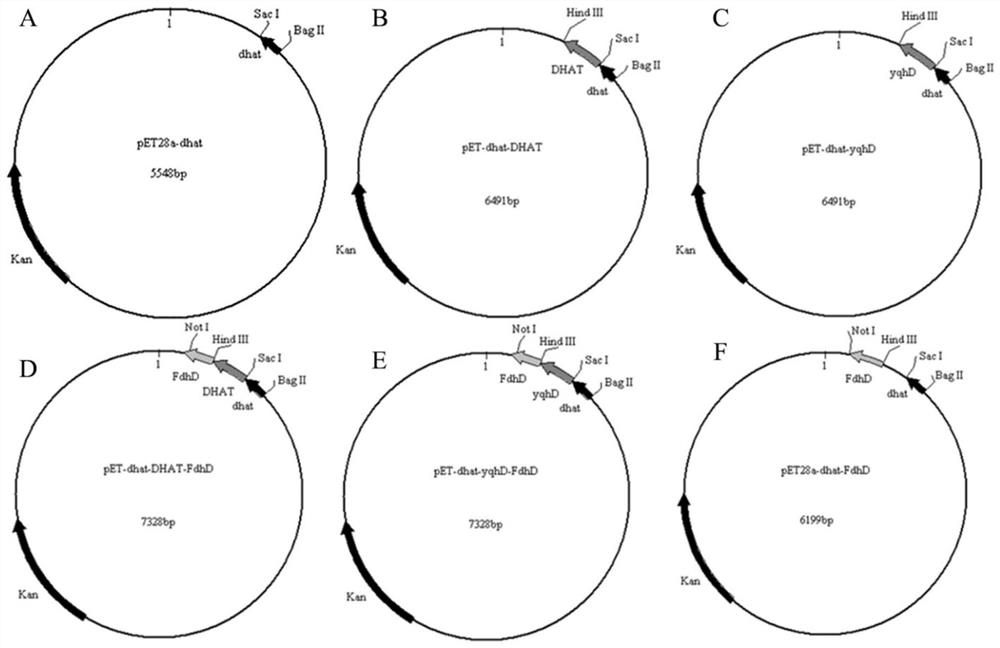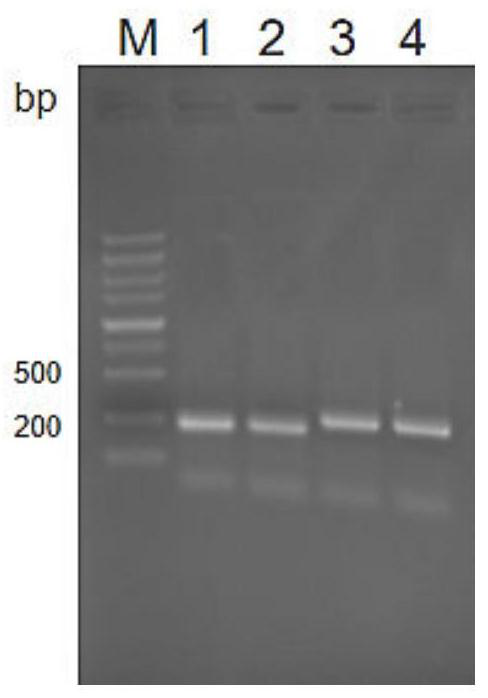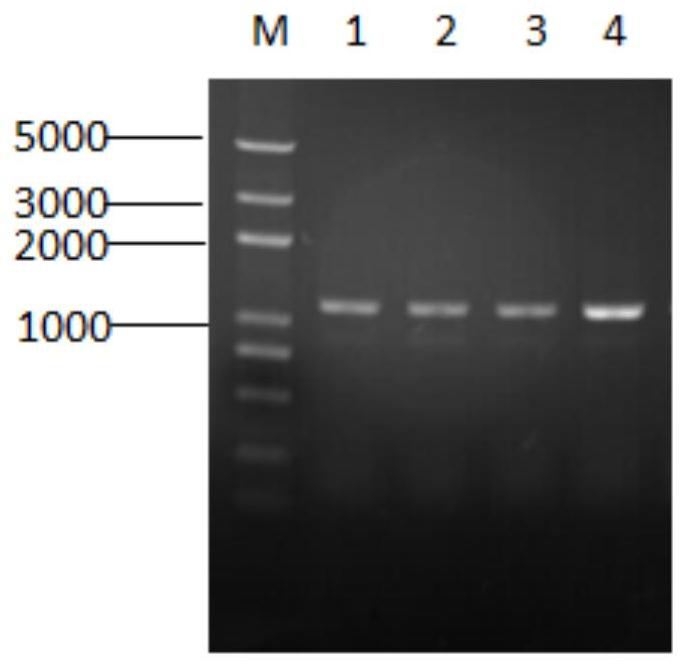A kind of genetic engineering bacteria for efficient production of 1,3-propanediol and its construction method and application
A technology of genetically engineered bacteria and propylene glycol, applied in the biological field, can solve problems such as abnormal termination of the fermentation process, and achieve the effects of improving induction effect, high glycerol tolerance, and reducing accumulation
- Summary
- Abstract
- Description
- Claims
- Application Information
AI Technical Summary
Problems solved by technology
Method used
Image
Examples
Embodiment 1
[0063] Example 1: Construction of plasmid pET28a-dhat:
[0064] The T7 promoter on the vector plasmid pET28a was replaced with the 1,3-propanediol oxidoreductase promoter dhat in Klebsiella pneumoniae, and the lactose operon was replaced with the operon corresponding to the promoter dhat to construct pET28a-dhat plasmid, the map of pET28a-dhat plasmid is as follows figure 1 A shown. The specific operation steps are as follows:
[0065] The Klebsiella pneumoniae genome was used as a template for PCR amplification, and bioinformatics software was used to design the amplification primers of the promoter dhat sequence, and the promoter dhat sequence was obtained by amplification. The primer sequences are as follows:
[0066] Primer1: 5′-CGAGCTCATGAGCTATCGTATGTTTGA-3′ (with BglII restriction site),
[0067] Primer2: 5'-CCCAAGCTTTCAGAATGCCTGGCGGAA-3' (with SacI restriction site);
[0068] The PCR amplification system was prepared according to the kit instructions;
[0069] PCR am...
Embodiment 2
[0071] Example 2: Construction of plasmid pET28a-dhat-Dhat:
[0072] The 1,3-propanediol oxidoreductase gene Dhat of Klebsiella pneumoniae was cloned into the pET28a-dhat plasmid, and the 1,3-propanediol oxidoreductase gene Dhat was located downstream of the promoter dhat to construct the pET28a-dhat-Dhat plasmid, The map of pET28a-dhat-Dhat plasmid is shown in figure 1 shown in B. The specific operation steps are as follows:
[0073] PCR amplification was performed using the Klebsiella pneumoniae genome as a template, and the biological information was used according to the Dhat sequence of the Klebsiella pneumoniae 1,3-propanediol oxidoreductase gene and the characteristics of the multi-cloning site on the expression vector pET28a-dhat. The amplification primers were designed by the software, and the 1,3-propanediol oxidoreductase gene Dhat sequence (accession number MT674525) was obtained by amplification, and its nucleotide sequence was shown in SEQ ID NO.1; the primer s...
Embodiment 3
[0079] Example 3: Construction of plasmid pET28a-dhat-YqhD
[0080] The 1,3-propanediol oxidoreductase isoenzyme gene YqhD in E. coli was cloned into the pET28a-dhat plasmid, and the 1,3-propanediol oxidoreductase isoenzyme gene YqhD was located downstream of the promoter dhat to construct pET28a-dhat- YqhD plasmid, the map of pET28a-dhat-YqhD plasmid is as follows figure 1 shown in C. The specific operation steps are as follows:
[0081] PCR amplification was carried out using the E. coli genome as a template. According to the E. coli 1,3-propanediol oxidoreductase isoenzyme gene YqhD sequence and the characteristics of the multi-cloning site on the expression vector pET28a-dhat, the amplification was designed using bioinformatics software. The primer was amplified to obtain the 1,3-propanediol oxidoreductase isoenzyme gene YqhD sequence (accession number MT674524), and its nucleotide sequence was shown in SEQ ID NO.2; the primer sequence was as follows:
[0082] Primer5: ...
PUM
 Login to View More
Login to View More Abstract
Description
Claims
Application Information
 Login to View More
Login to View More - R&D
- Intellectual Property
- Life Sciences
- Materials
- Tech Scout
- Unparalleled Data Quality
- Higher Quality Content
- 60% Fewer Hallucinations
Browse by: Latest US Patents, China's latest patents, Technical Efficacy Thesaurus, Application Domain, Technology Topic, Popular Technical Reports.
© 2025 PatSnap. All rights reserved.Legal|Privacy policy|Modern Slavery Act Transparency Statement|Sitemap|About US| Contact US: help@patsnap.com



